Breathe Free Naturally: Ayurvedic & Panchakarma Care for Asthma
Asthma is a chronic respiratory condition affecting people of all ages, characterized by repeated episodes of breathlessness, wheezing, chest tightness, and persistent coughing. In recent years, cases of asthma and other respiratory illnesses have been climbing, especially in urban areas, driven largely by worsening air pollution, seasonal changes, allergens, stress, and weakened immunity. Poor air quality places additional stress on the lungs: many Indian cities currently record unhealthy AQI levels, with parts of Maharashtra—including areas like Pimpri-Chinchwad—frequently reporting AQI values in the unhealthy to poor range, meaning the air contains elevated levels of fine particulates that can irritate airways and trigger asthma attacks. In northern India, cities often reach even higher very poor to hazardous AQI categories, creating serious risks for those with asthma, children, and the elderly. The Times of India+1
Modern medicine typically focuses on inhalers, bronchodilators, and steroids. These treatments are effective at relieving acute symptoms and preventing immediate airway constriction, but they often do not address long-term respiratory resilience or the underlying imbalances that predispose individuals to frequent flare-ups. In contrast, Ayurveda offers a holistic, natural, and long-term approach that aims to strengthen lung function, enhance immunity, and balance the body’s internal systems. By addressing digestive fire (Agni), reducing chronic inflammation, and balancing the dosha (especially Kapha and Vaata), Ayurvedic care seeks not only to ease symptoms but to improve overall respiratory health and resilience—especially valuable in times of poor air quality that repeatedly challenge the lungs.
Struggling with asthma or frequent breathing difficulty? Consult our Ayurvedic expert today for a personalized treatment plan https://ayurvidhiclinic.com/services/
🌬️ What is Asthma According to Ayurveda?
In Ayurveda, asthma is known as Shwaasa which further classified as Tamaka Shwaasa, Pratamaka Shwaasa as per dosha conjunction.
It mainly occurs due to an imbalance of Vaata and Kapha Dosha, leading to obstruction in the respiratory channels i.e. Praanavaha Srotas.
Common Ayurvedic causes include:
-
Accumulation of Kapha in the lungs
-
Weak digestive fire (Mandaagni)
-
Exposure to dust, smoke, cold air
-
Cold, heavy, oily foods
-
Recurrent cough and cold
-
Stress and lack of sleep
- Hereditary Issues of Shwaasa in family
- Beej Dushti while conceiveing a baby
Identify the root cause of your asthma through an Ayurvedic consultation.@https://ayurvidhiclinic.com/contact-us/
Common Symptoms of Asthma
-
Shortness of breath
-
Wheezing sound while breathing
-
Chest tightness
-
Frequent cough, especially at night or early morning
-
Difficulty breathing during exertion
-
Increased symptoms during cold or pollution
Early and timely treatment can prevent complications and dependence on inhalers.
Do not ignore recurring breathing problems—get Ayurvedic help early.
Ayurvedic Treatment for Asthma
Ayurveda treats asthma by clearing the airways, reducing inflammation, and strengthening lung tissue.
🔹 Herbal Medicines
Commonly used Ayurvedic herbs include:
-
Vasa
-
Kantakari
-
Pippali
-
Tulsi
-
Yashtimadhu
These herbs:
✔ Reduce mucus
✔ Improve airflow
✔ Strengthen lungs
✔ Boost immunity
These herbs are just for information, kindly consult an Ayurvedic Doctor before consuming as medication. Avoid self medication!
Get customized herbal medicines prepared under Vaidya supervision @https://ayurvidhiclinic.com/pacifying-treatment/
Role of Panchakarma in Asthma Management
Panchakarma therapies help remove deep-rooted toxins and balance doshas.
Vamana (Therapeutic Emesis)
Best for chronic Kapha-related asthma. Helps clear mucus from lungs.
Virechana (Purgation Therapy)
Improves digestion and prevents toxin formation.
Nasya (Nasal Therapy)
Clears nasal passages and strengthens respiratory function.
Abhyanga & Swedana
Reduces stiffness, improves circulation, and supports lung function.
Dhoomapana:
Reduces congestion, clear block pathways due to cough, helps to restore respiratory health
Ask about our asthma-specific Panchakarma program.@https://ayurvidhiclinic.com/panchakarma/
Diet & Lifestyle Guidelines for Asthma
Recommended:
-
Warm, light, and freshly cooked food
-
Ginger, turmeric, black pepper
-
Herbal teas
-
Warm water
Avoid:
-
Cold drinks and ice cream
-
Dairy in excess
-
Fried and processed foods
-
Exposure to dust and smoke
Get a personalized Ayurvedic diet plan for asthma care.@https://ayurvidhiclinic.com/pacifying-treatment/
Why Choose Ayurveda at Ayurvidhi Clinic for Asthma Treatment?
✔ Natural and safe
✔ No dependency on steroids
✔ Treats root cause
✔ Improves lung capacity
✔ Reduces frequency of attacks
✔ Enhances overall immunity
Ayurveda helps patients breathe better—naturally.
🏥 Our Clinic’s Approach to Asthma Care
At our Ayurvedic clinic, we provide:
-
Detailed dosha-based diagnosis
-
Individualized treatment plans
-
Safe Panchakarma therapies
-
Long-term respiratory strengthening
-
Preventive care for pollution exposure
Book your Ayurvedic asthma consultation today and take the first step towards better breathing @https://ayurvidhiclinic.com/contact-us/
Take Control of Your Asthma Naturally
Asthma can be managed effectively with the right Ayurvedic care, timely treatment, and lifestyle correction. Don’t wait until symptoms worsen.
📞 Call now to schedule your consultation @https://wa.me/message/MBTFCXKULPB2K1
📍 Visit our Ayurvidhi clinic for holistic asthma care treatment @https://maps.app.goo.gl/CSDkvnJUUzACTnrM6


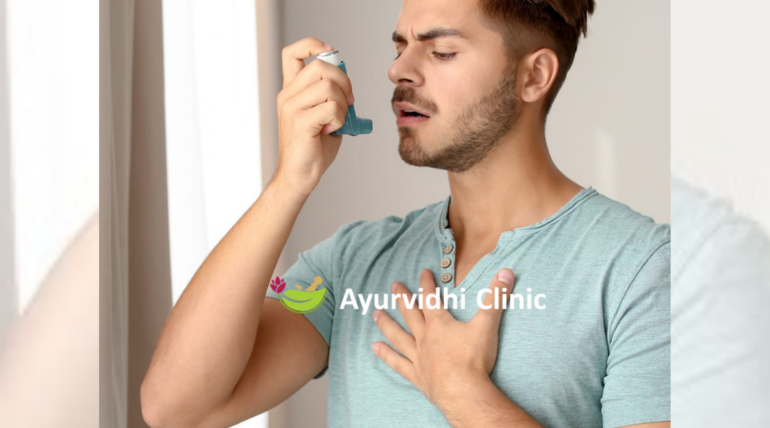
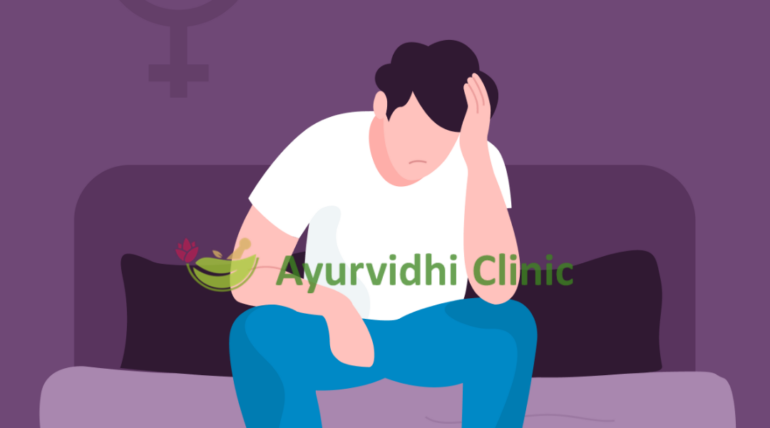


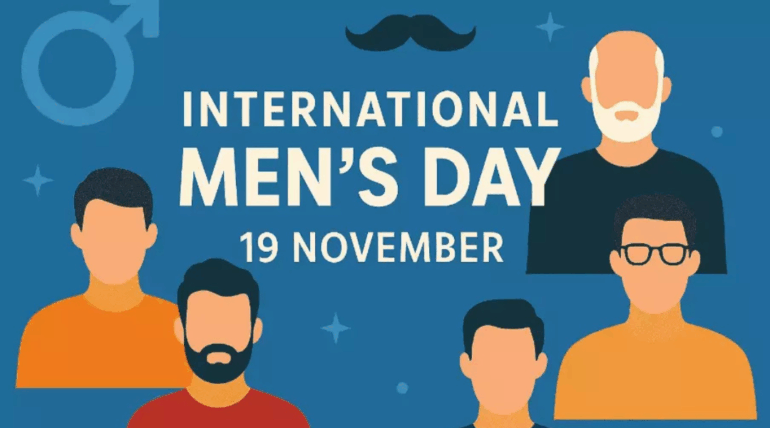
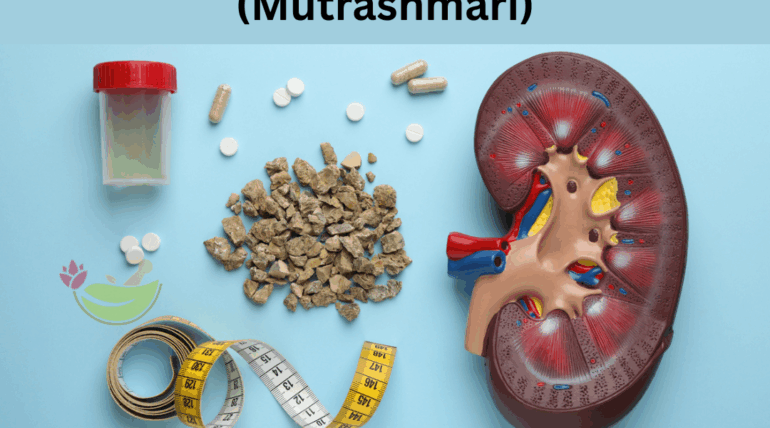

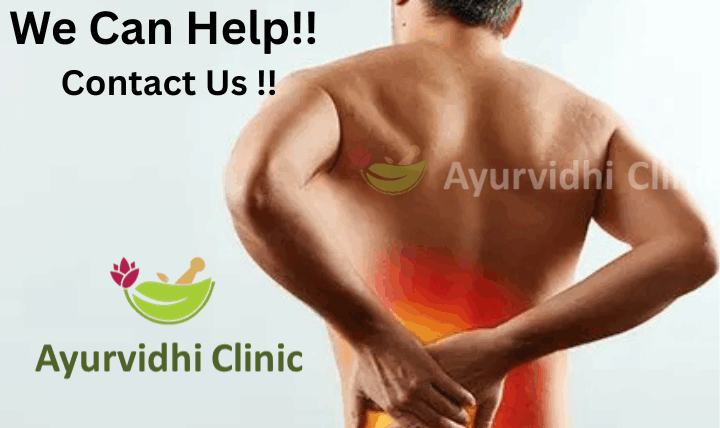
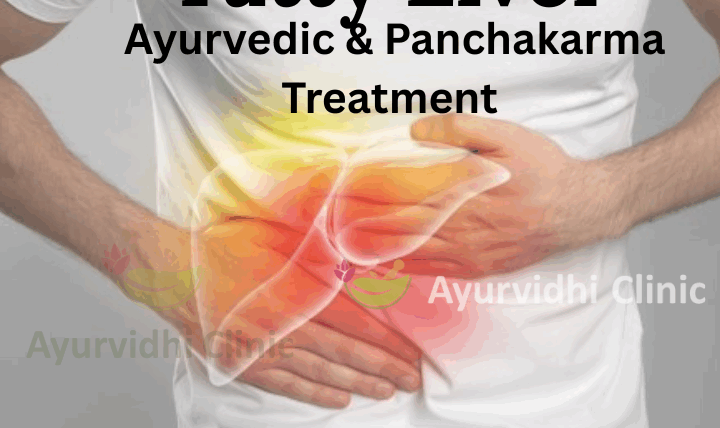
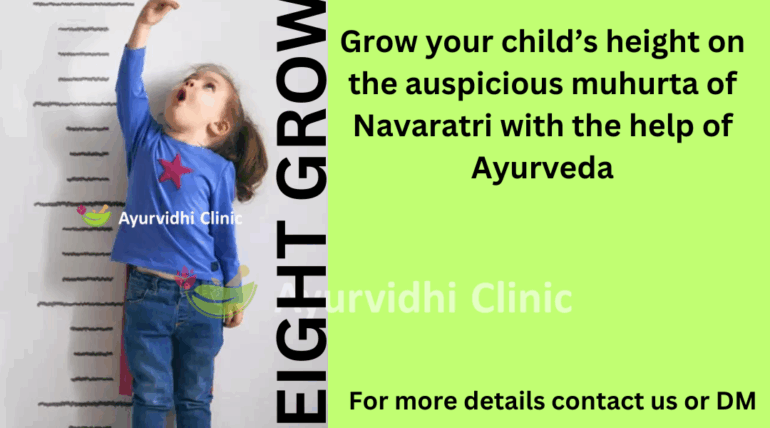

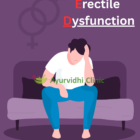

Recent Comments